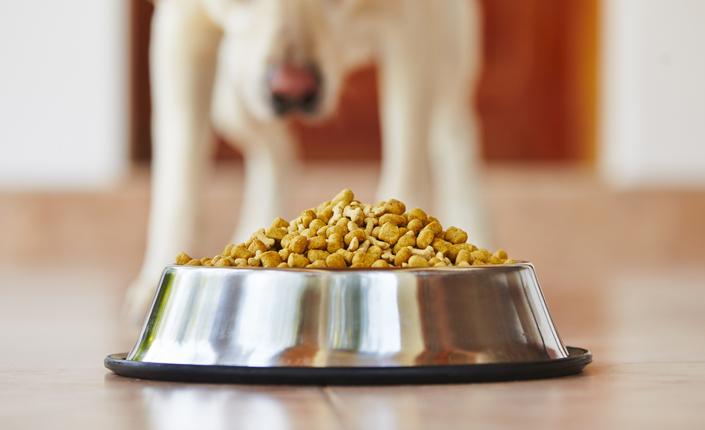
13 Simple Ways To Reduce Your Pet's Carbon Paw-print
With the season of picnics, barbecues, and other outdoor activities upon us, we need to be extra careful about the waste we (and our pets) leave behind. After all, our pets have an impact on the environment too! With some help from their humans, even pets can reduce their carbon paw print.
Food & Treats
1. Skip the plastic! Look for food and treats in recyclable packaging (e.g. aluminum bags).
2. Better yet, avoid buying heavily processed treats. They may come in fun shapes, but there are healthier options (a frozen carrot is a sweet treat during the warm summer months).
3. Choose food with sustainable and organic ingredients.
4. Swap out your pet’s plastic bowls for stainless steel or ceramic ones that won’t need to be replaced.
Toys & Supplies
5. Is your pet’s toy bin or wardrobe overflowing? Consider going minimal and donating excess supplies to your local animal shelter.
6. When purchasing toys, beds, and other supplies, avoid plastics and synthetics. Instead, look for organic cotton, hemp, and products made out of recycled materials.
Kitty Litter
7. Why buy kitty litter, when you can make your own? Try shredding an old newspaper or using wood chips instead of clay, clumping litter. Just remember to introduce these new changes gradually so your finicky feline isn’t completely turned off. The planet (and your wallet) will thank you!
8. If the DIY method isn’t for you, pick up some biodegradable litter the next time you’re at the pet store.
9. Can’t find the biodegradable stuff? Purchase your litter in bulk to reduce the amount of plastic packaging that will end up in a landfill. Plus, you’ll cut down on car trips to the pet store leading to harmful air pollution!
Dog Waste
10. Pet waste can be harmful, which is why proper disposal is key. Biodegradable bags are the best solution for taking care of your pooch’s business.
11. Not all poop bags are created equal! Corn-based bags, while pricey, are the most biodegradable. Although landfills don’t offer the best conditions for decomposition, using corn-based bags are better than using a traditional plastic bag.
12. Once you get past the “yuck” factor, you may consider composting your dog’s poop. Many dog owners have found success using compost pits and dog poop compost bins. Note: DO NOT put pet waste on a food garden (it can cause dangerous contamination) and keep it separate from your other compost pile.
13. When you don’t want to toss it or compost it, there is a third option: Flush it. There are flushable bags on the market but always check with your local water treatment center to confirm if this is an option for your municipality. Note: This is for dog poop only. Cat poop should never be flushed because it breaks down differently.
So there you have it. With some small lifestyle changes, you can help your pet reduce their carbon paw print and lead a more environmentally friendly life. Be good to Mother Nature and we’ll have a healthy planet for all to enjoy!
